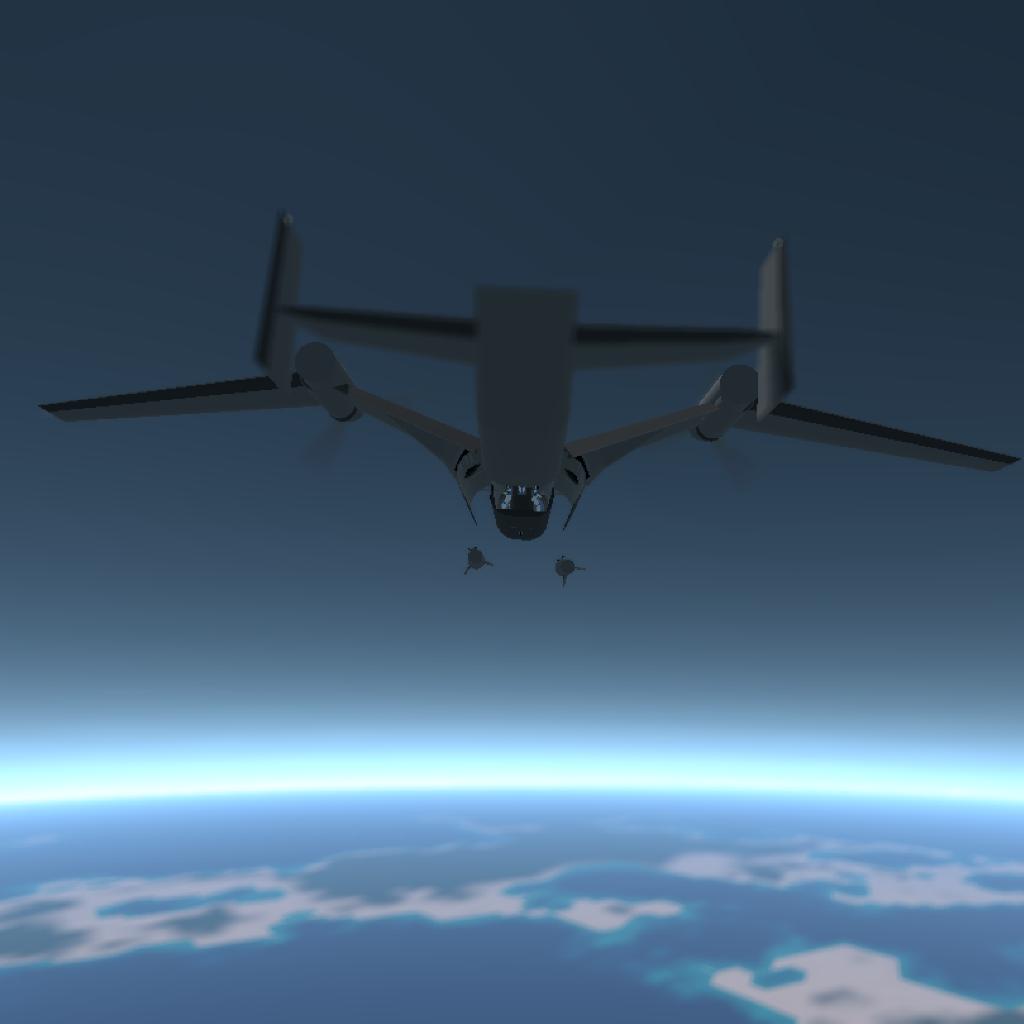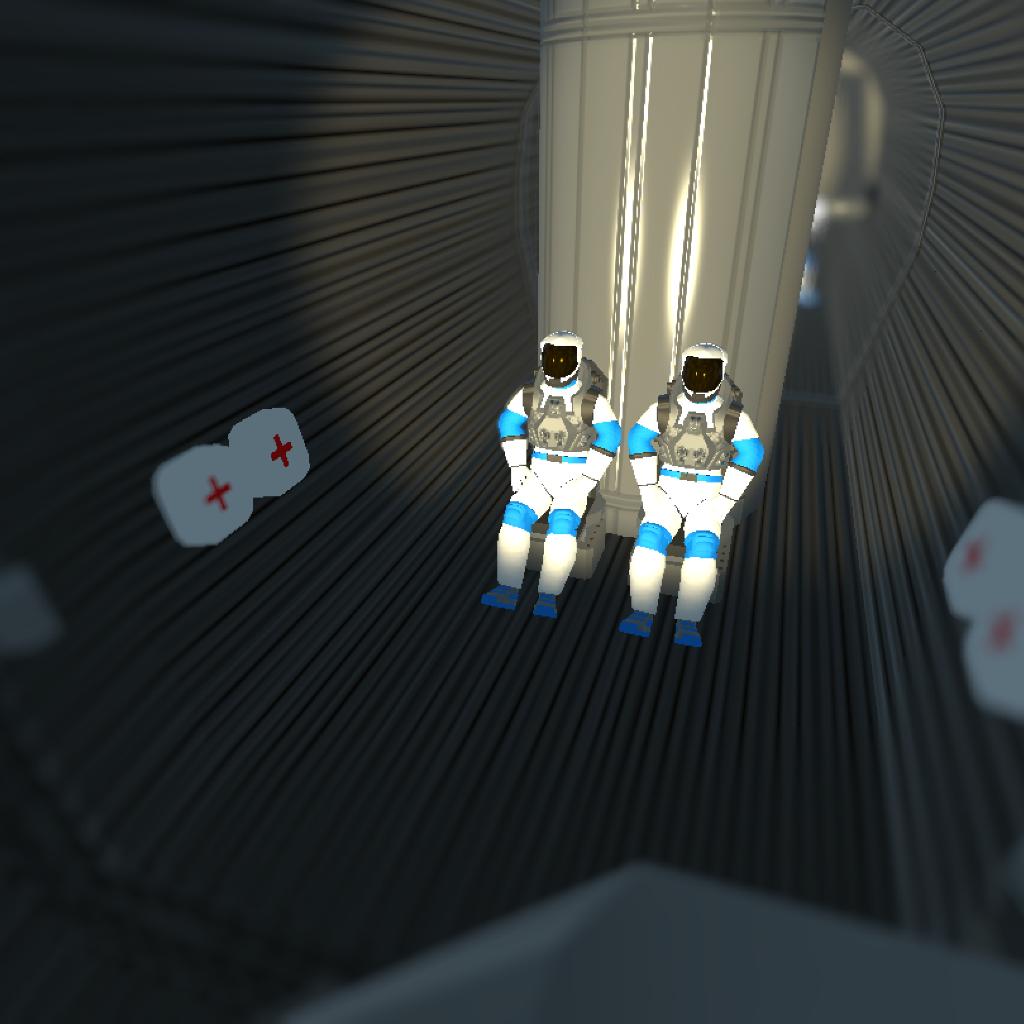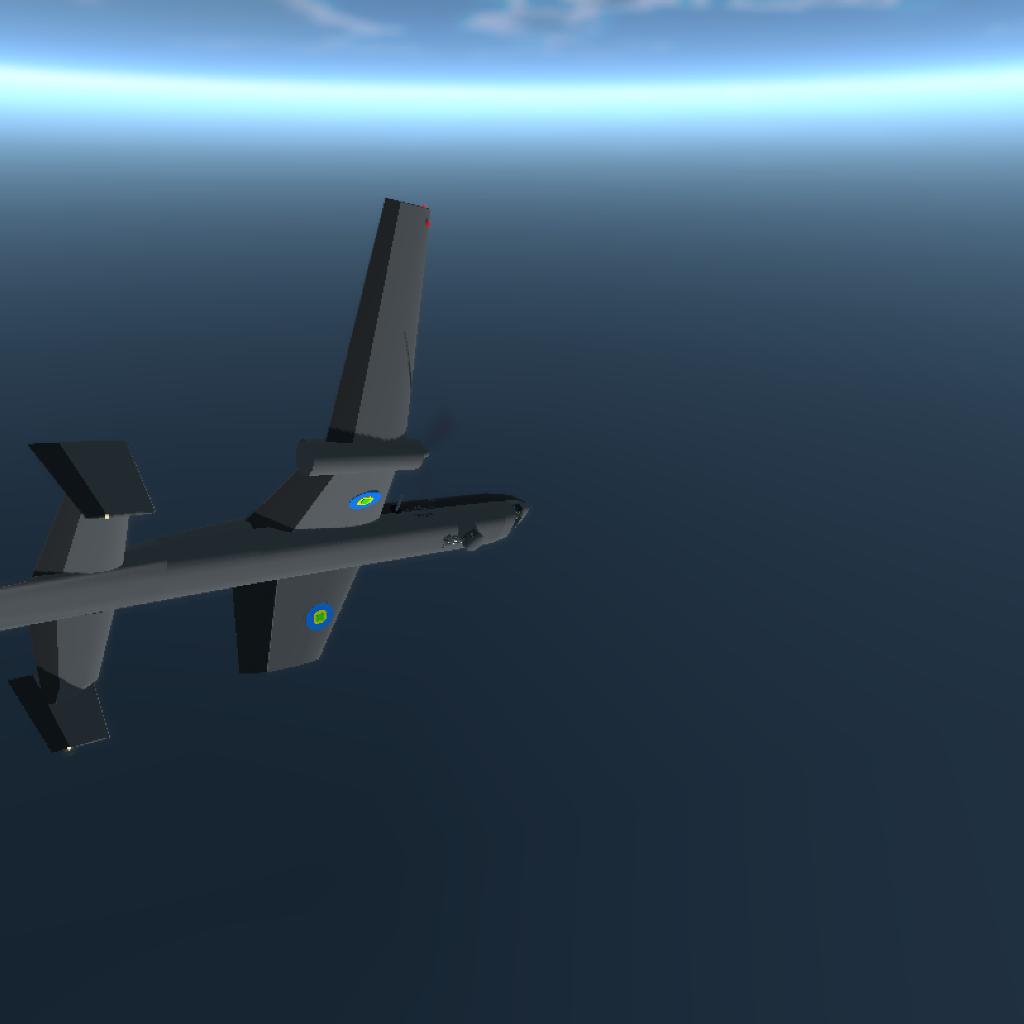Origins of the NB-91: The Hurbanian Night Bomber
Introduction
The NB-91, a unique night bomber designed during World War II, became a symbol of innovation and strategic advantage for the Hurbanian Royal Air Force (H.R.A.F.). Known for its distinctive gull wings and an unconventional rotating ball turret mounted above the fuselage, the NB-91 carved its niche in the annals of military aviation.
Design and Development
The development of the NB-91 began in 1942 when the H.R.A.F. sought a new bomber capable of night operations, providing superior visibility and maneuverability. The engineers of the H.R.A.F., drawing inspiration from existing bomber designs and advanced aeronautical theories, proposed a turboprop-powered aircraft with several key innovations.
Gull Wings
One of the most striking features of the NB-91 was its gull wings. This design, with wings bending downward at the roots and then angling upward towards the tips, offered several advantages:
- Enhanced Lift and Stability: The gull wing configuration improved lift and stability, especially at low speeds, crucial for nighttime bombing runs.
- Better Ground Clearance: The upward angle of the wings provided greater clearance for the propellers, reducing the risk of damage during takeoff and landing on rough airstrips.
Turboprop Power
The NB-91 was powered by two robust turboprop engines, a relatively novel technology at the time. This choice provided a blend of fuel efficiency and power, allowing for longer missions and greater payload capacities compared to piston-engine counterparts.
Rotating Ball Turret
The most innovative feature of the NB-91 was its rotating ball turret mounted above the fuselage. This turret, equipped with twin heavy machine guns, offered a 360-degree field of fire. Positioned above the aircraft, it provided excellent visibility and a strategic advantage during nighttime operations, protecting the bomber from enemy fighters attacking from above.
Operational Challenges
Despite its advanced design, the NB-91 had notable disadvantages. The most significant was its lack of a ball turret on the bottom. This omission left the aircraft vulnerable to attacks from below, a critical blind spot that enemy fighters could exploit. To mitigate this, NB-91 crews often flew in formation, covering each other’s blind spots, or relied on escorts during critical missions.
Service Record
The NB-91 saw extensive service from late 1943 through the end of the war. Its primary role was in night bombing raids over enemy territory, where its advanced design and powerful engines allowed it to deliver devastating payloads with precision. Despite its vulnerabilities, the NB-91 earned a reputation for reliability and effectiveness, contributing significantly to the H.R.A.F.’s strategic bombing campaigns.
Legacy
The NB-91’s unique design and operational history left a lasting legacy in military aviation. It demonstrated the potential of turboprop engines in bomber aircraft and highlighted the importance of innovative defensive measures, influencing post-war aircraft designs. The NB-91 remains a celebrated part of Hurbanian aviation history, a testament to the ingenuity and dedication of the H.R.A.F. engineers and pilots.
This aircraft Has more Parts than the
Garrett G-8 making it my aircraft with the most parts









